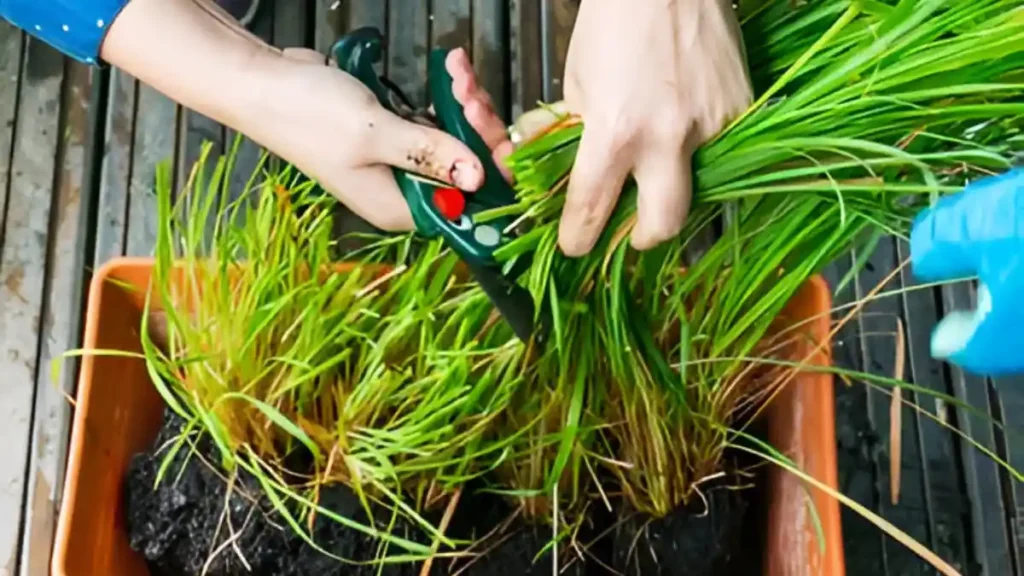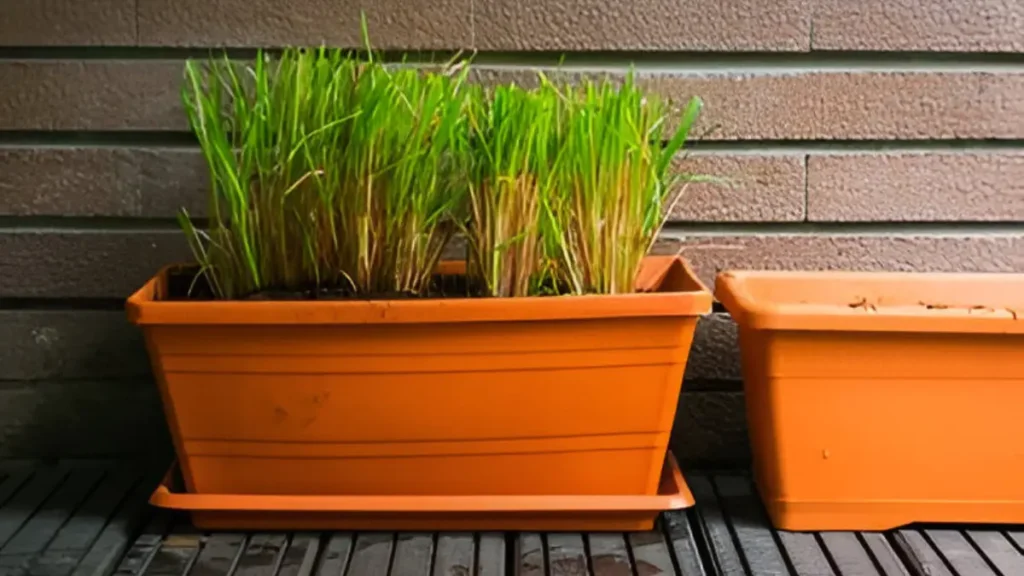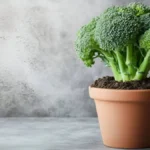How to grow lemongrass at home successfully? It’s effortless. You do not require a large garden or a green thumb. You can quickly see the growth of your lemongrass with just a few simple steps. Learn the magic of appropriate watering procedures, the ideal soil conditions, and the appropriate quantity of sunlight. Together, let’s demystify the craft of cultivating lemongrass. Learn how to grow lemongrass at home with this quick, easy guide. Perfect for those who want to add a refreshing herb to their home garden.
Follow these steps on how to grow lemongrass at home:
Step 1: Get stalks of lemongrass
- To begin, purchase lemongrass stalks from a local market or grocery store. Make certain the stems are young, green, and have complete roots.
Step 2: How to grow lemongrass by choosing the right container
- Lemongrass prefers well-drained soil, so use a container with sufficient drainage. For one or two lemongrass plants, a pot at least 12 inches in diameter is appropriate.
Step 3: Planting lemongrass
- Make your own by mixing standard potting soil with sand or perlite, or use a well-draining mix that is already available.
- Place the stalks of lemongrass in the ground one to two inches deep. At least 12 inches should separate each additional stalk.
Step 4: Applying water
- Water the lemongrass well after planting. Until you start to notice new growth, keep the soil continuously moist.
- Regularly moist soil is preferred by lemongrass. Water only until the top inch of soil seems dry; do not overwater.

Step 5: Sunlight
- Put the container somewhere that gets lots of sunlight. Since lemongrass needs full sun to flourish, try to get at least 6 to 8 hours of direct sunshine each day.
Step 6: The process of fertilization
- During the growing season, fertilize the lemongrass every four to six weeks using a balanced fertilizer. For application rate instructions, go to the product.
Step 7: How to grow lemongrass with proper maintenance
- When the leaves reach about 12 inches in height, trim the outer ones to promote bushier growth. Eliminate any withered or broken leaves.
- Over time, lemongrass can get congested. Every two to three years, divide the plant to encourage healthier development.
Step 8: Gathering
- When the stalks are at least 12 inches tall, lemongrass should be harvested. Use pruning shears or sharp scissors to cut them at the root. Fresh stalks can be preserved for later use or used in recipes.
Conclusion:
In summary, how to grow lemongrass at home? is an enjoyable and sustainable endeavor that adds a fragrant touch to your garden and culinary creations. So, roll up your sleeves, get your hands dirty, and embark on the journey of cultivating lemongrass for a continuous supply of this delightful herb right in your backyard.
Certainly! If you’d like to learn more, please consider following our WhatsApp Channel, Facebook, Instagram, YouTube, Twitter, and Pinterest.
A frequently asked questions:
Q1: What is the ideal temperature to grow lemongrass from seeds?
A1: The ideal temperature for growing lemongrass from seeds is between 70°F to 85°F (21°C to 29°C).
Q2: How to grow lemongrass indoors by using regular kitchen scraps?
A2: To grow lemongrass indoors from kitchen scraps, place the root end in water until roots develop, then transplant it into a pot with well-draining soil and ample sunlight.
Q3: Are there any common pests or diseases that affect lemongrass plant?
A3: In general, lemongrass is resistant to illnesses and pests. However, look for aphids or mites. If necessary, apply insecticidal soap. Make sure there’s adequate airflow and refrain from overwatering to stop fungal problems.
Q4: What are the main uses of lemongrass oil?
A4: Lemongrass oil is widely utilized in aromatherapy, insect repellent, and skincare due to its antifungal and antibacterial properties.



